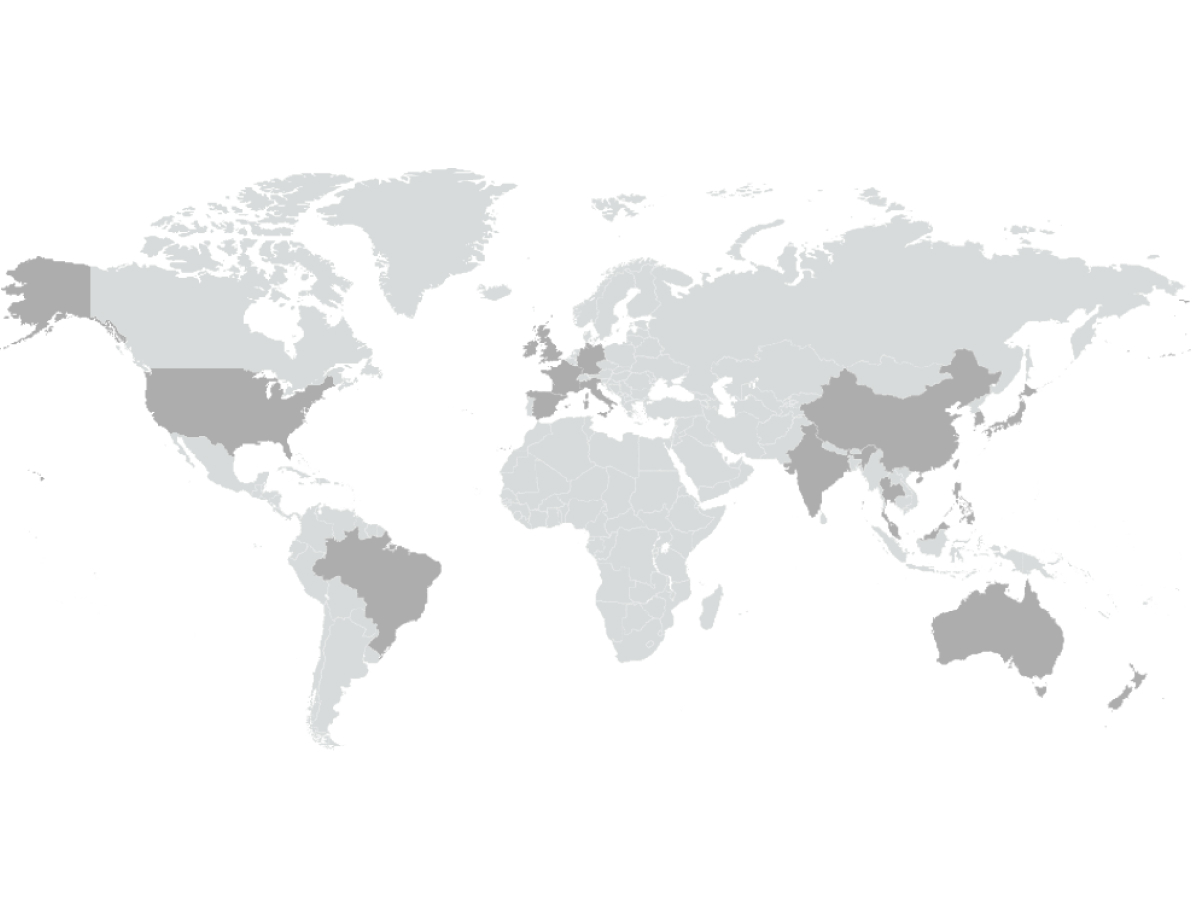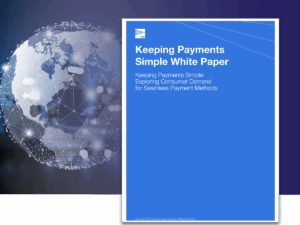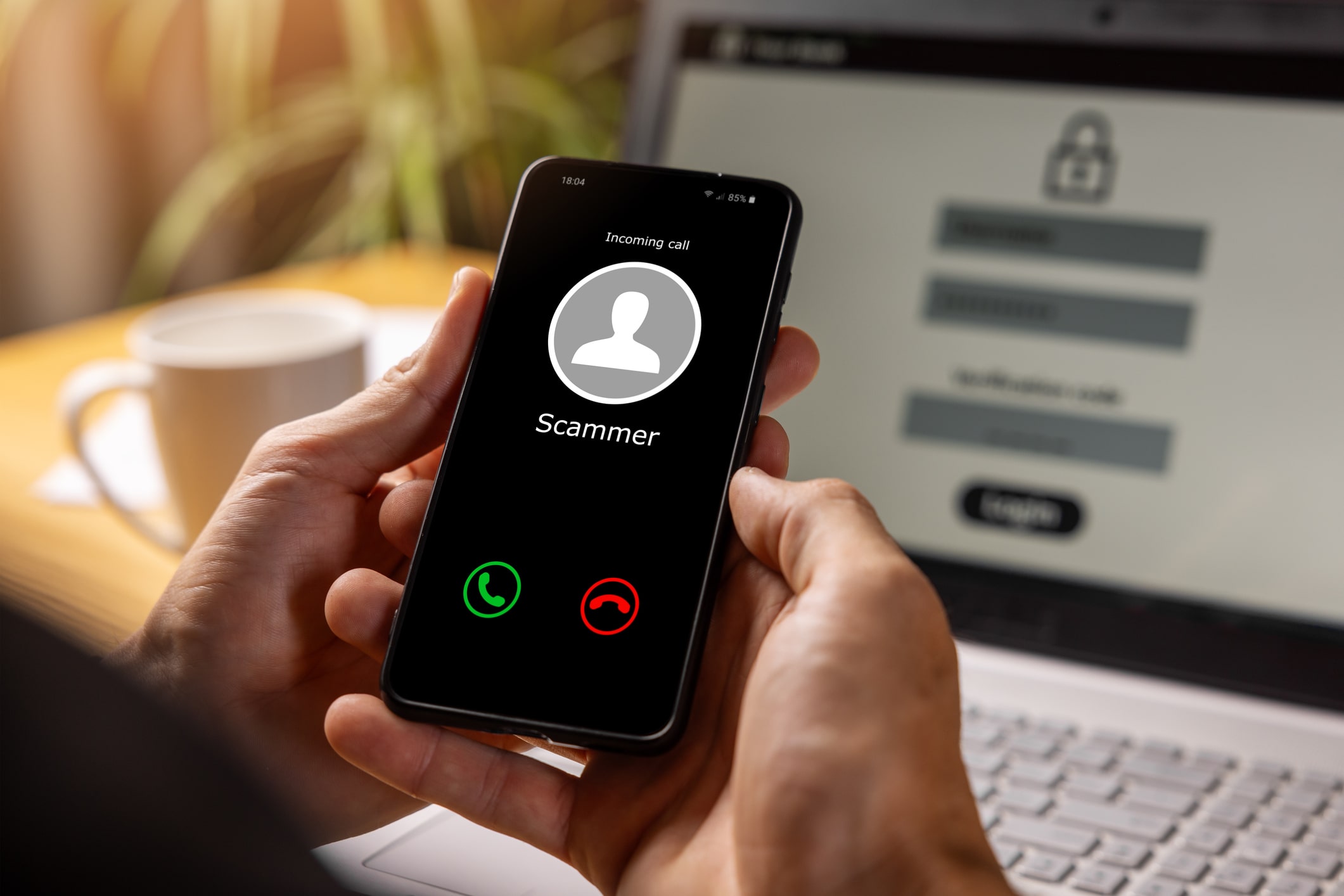To understand where the telecom industry is headed in 2025 from a robocall perspective, it is helpful to reflect on the strides made in the previous year. While the implementation of STIR/SHAKEN protocols has reduced the number of unwanted robocalls, gaps in the adoption of the framework have left opportunities for bad actors.
These scammers continue to reinvent their schemes, finding new ways to attack consumers with more sophisticated technologies. To form a comprehensive defense against robocall threats in 2025, the telecom industry must address the openings bad actors have been capitalizing on.
Closing Gaps in STIR/SHAKEN Implementation
The STIR/SHAKEN framework, designed to authenticate and verify call legitimacy, has been instrumental in curbing robocall volume. While major carriers have implemented call authentication standards to verify the legitimacy of incoming calls, smaller providers have fallen behind. Top carriers consistently sign nearly 90% of calls with the Verstat “A” attestation, smaller carriers’ signed traffic remains at 25%. This disparity remains a major concern, allowing bad actors to launch malicious scams that reach unsuspecting consumers.
Many smaller providers rely on legacy SS7 TDM networks that have been used for over a decade and are incompatible with STIR/SHAKEN. Regulatory, technical, and economic pressures have hampered these providers’ attempts to modernize their networks. However, replacing these networks is a crucial and complex exercise that must be done to enable smaller operators to match the signed traffic success of larger service providers. Eliminating end-of-life TDM circuits and achieving a more robust IP-based circuit path reduces operational expenditure costs and network complexity while delivering a superior subscriber experience, allowing carriers to meet the FCC’s STIR/SHAKEN compliance requirements.
In 2025, smaller carriers will have the opportunity to equip their networks with industry solutions to be more successful in their STIR/SHAKEN implementation, eliminating attack vectors for robocall scammers.
The Path Forward: FCC Must Remain Aggressive in 2025
The FCC deserves praise for its actions to mitigate unwanted and illegal robocalls. STIR/SHAKEN’s implementation, despite the challenges for smaller carriers, has made a tangible difference in combatting robocalls. At the height of the unwanted robocall volume before the pandemic and STIR/SHAKEN, Americans received 106.9 billion robocalls in 2019. Five years later, the telecom industry’s progress with robocall mitigation is evident. Americans received 68 billion unwanted calls over the past 12 months, down nearly 60% from that pre-pandemic high.
Likewise, in February of this year, immediately after the AI-generated deepfake of President Biden, the FCC swiftly mandated that AI was illegal in all political robocall activity.
Next year, the telecom industry has a unique opportunity to turn the tide in the fight against robocall bad actors. To see continued progress, the FCC will need to take additional, consistent action, such as prioritizing full STIR/SHAKEN adoption among smaller carriers and fostering cross-industry collaboration between telecom operators, third-party solution providers, and the FCC.
The necessary solutions are available. It’s now up to telecom industry stakeholders to leverage them and curtail the damage done by robocall scammers.
John Haraburda is Product Lead for TNS Call Guardian® with specific responsibilities for TNS’ Communications Market solutions.

Contact Us
Find details for your appropriate TNS representative on our contact page.





